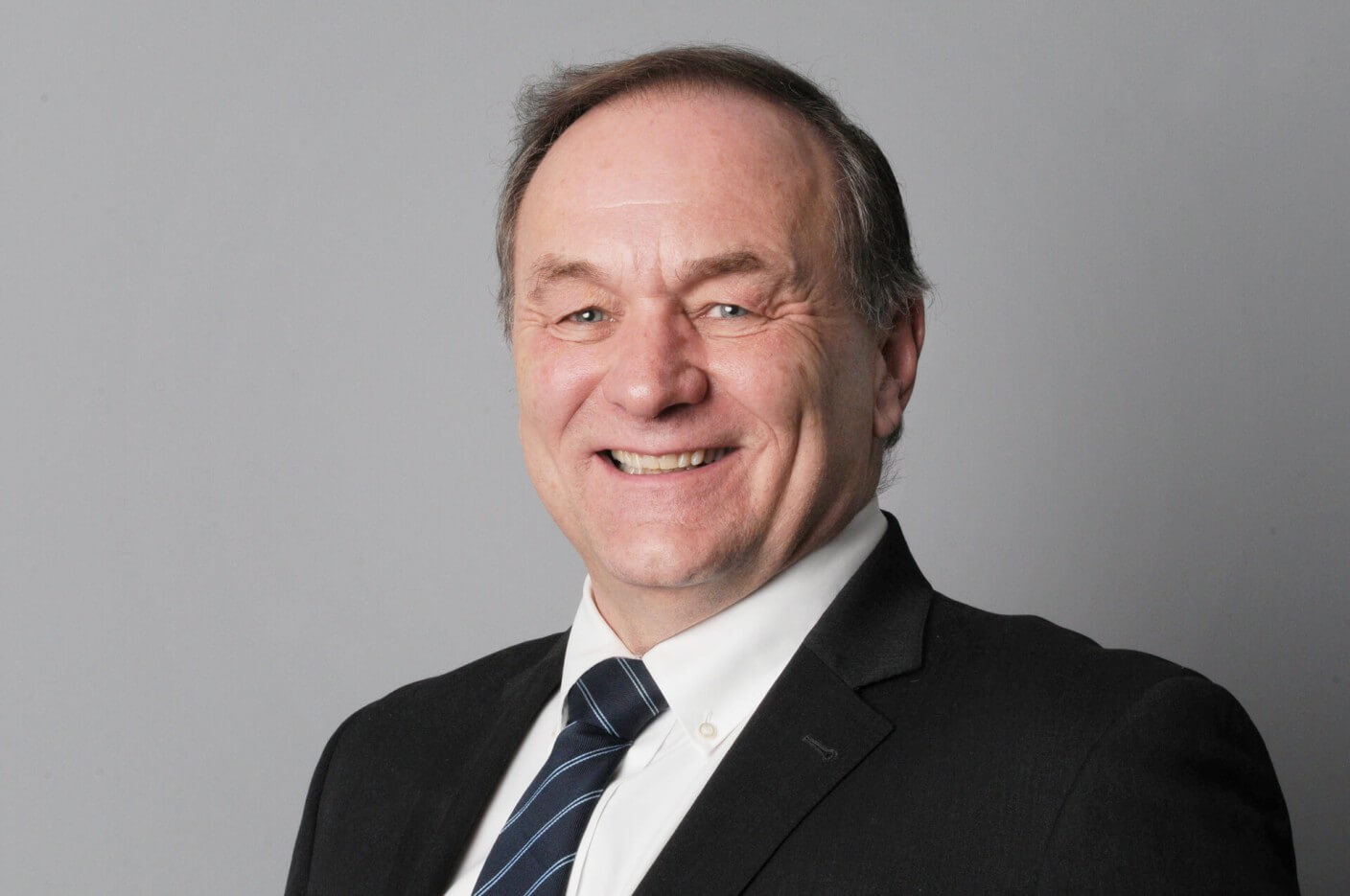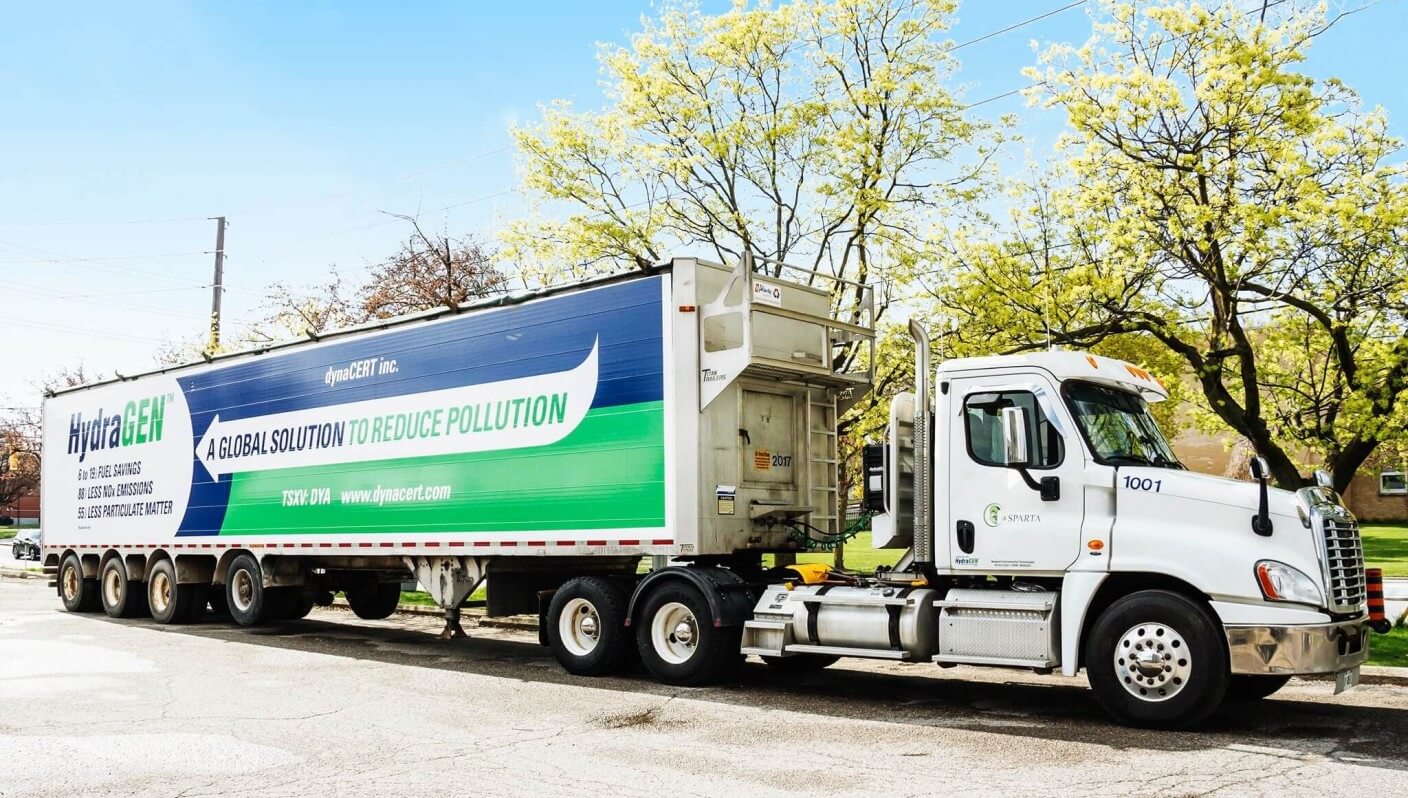No alternative to the internal combustion engine in the short term
Tighter climate neutrality targets and billions in subsidies - politicians are stepping up the pace. What has been decided in theory, however, is difficult to implement in practice. This is evident in the transformation of the transport sector, which is responsible for around one-fifth of greenhouse gas emissions. The hurdles are even higher for transportation. In addition to high investments by the commercial vehicle industry, the lack of charging and refueling infrastructure is a major problem that makes a transformation to alternative drives seem impossible in the next few years. For example, commercial vehicle manufacturers organized by the European Automobile Association (ACEA), together with scientists from the Potsdam Institute for Climate Impact Research (PIK), issued a joint statement calling for an end to the sale of fossil-fueled trucks in the EU by 2040 in order to achieve climate neutrality by the middle of the century. As of today, that is still about 27 years to bridge the gap until the final transformation.

Immediate solution with excellent reduction values
The CEO of dynaCERT, Jim Payne, also does not see an alternative to the combustion engine in the near future. What is needed are immediate solutions and low-cost bridging technologies that do not wait until 2040 but reduce CO2 emissions immediately. Developed by the Canadians through decades of research, the globally patented and certified HydraGEN technology successfully completed a pilot project with Alectra Utilities Corporation, Canada's largest municipal electric utility by customer base. Thanks to dynaCERT's system, over 8,000 kg of CO2 was saved, and diesel consumption was reduced by an average of 230 liters for each vehicle in a whole range of commercial vehicles. As a result of the test results, Alectra increased its fleet to 88 HydraGEN units. At the end of last year, the utility was operating 605 fleet vehicles, which should provide further sales potential.
Order books filling up
As company CEO Payne announced at the 4th IIF - International Investment Forum, he is expecting several more orders from major customers in the fourth quarter alone, which are currently still in test series and will be converted into future purchases. So far he has kept his word, with several orders arriving every week. dynaCERT secured access to the forestry sector in Canada via the company Fiorentino Bros. Contracting Ltd (FBC). FBC owns more than 100 pieces of heavy equipment and a fleet of over 70 motorized vehicles. The HydraGEN technology is to be installed in bulldozers and a low loader for heavy material. In addition, trading partner H2 Tek LP celebrated significant progress in the acquisition of major customers in the international mining industry. For example, internationally renowned companies such as Nexa Resources, Vale S.A., CODELCO, Arauco, Sigma Alimentos and one of the ten largest mining companies in the world, Antamina, were welcomed as new customers. It is precisely these addresses that are likely to be eligible in the near future for the emission allowance trading system that is currently being planned.

Icing on the closed-loop ecosystem
There is one final step needed to start trading carbon credits, which CEO Payne says could also be completed this year. According to company news, dynaCERT is in the final stages under Verra's Verified Carbon Standard ("VCS") program, the most widely used greenhouse gas crediting program globally. As a final step, Verra contracted with Earthood, an approved validator, to provide services related to method validation in accordance with the terms and conditions set forth in the Agreement and VCS regulations. Currently, Verra, Earthood, and dynaCERT are in the process of finalizing the VCS process so that dynaCERT's carbon credits achieve Verra's Verified Carbon Standard.
Innovative financing method
Gaining the Verified Carbon Standard would open up a highly scalable new business opportunity for dynaCERT with recurring revenue. HydraLytica fleet management software provides real-time information on CO2 emissions reductions, fuel savings, or CO2 credits generated. By managing carbon credits for their HydraGEN customers, the business model is based on sharing the revenue generated by the sale of carbon credits. In this regard, the calculation set-up is simple. The more customers are supplied with HydraGEN technology, the greater the trade in carbon credits.
In order to accelerate current and new potential shipments worldwide, including Europe, Australia, North and South America, Asia and the Middle East, dynaCERT's coffers are to be topped up once again. In the form of an emission certificate convertible bond in a private placement, the Canadians aim to generate up to CAD 10 million. The carbon credit convertible notes are currently expected to be offered in a non-brokered private placement to institutional investors seeking long-term exposure to carbon, including pension funds, mutual funds, growth funds or family offices, as well as companies that purchase carbon futures and subsequently redeem them to offset their greenhouse gases and meet their ESG requirements. These companies could be oil and gas producers, pipelines and utilities, mining companies, industrial companies such as manufacturing, chemical or cement plants, airlines and transportation companies.
Each emission certificate convertible bond has a price of CAD 1,000 and a term of ten years from the date of issue. Beginning in the fifth year after the issue date, the emission certificate convertible bonds may be converted at any time, at the discretion of the holder, to emission certificates generated by dynaCERT's proprietary HydraGEN technology.
In addition to accelerating deliveries, the net proceeds are expected to be used for working capital of a current HydraGEN technology business, timely delivery of its products, and research and development of its previously announced AEM electrolyzer innovations. Nevertheless, according to the press release, there may be circumstances in which a redeployment of funds is necessary for sound business reasons.

Only winners
As of today, the placement of the emission certificate convertible bonds produces several winners. Existing shareholders will not be diluted, as would otherwise be the case, since the bonds cannot be converted into common shares of the Company. For dynaCERT, the receipt of CAD 10 million opens up significantly greater scope to be able to push ahead with the global roll-out. Companies such as oil or gas producers would benefit from purchasing the bonds and later converting them to be able to partially cover their produced emissions with certificates. A prerequisite for trading is the completion of Verra's Verified Carbon Standard program.
Interim Conclusion
After Corona-related delays, hydrogen company dynaCERT has been able to come up with several orders in recent weeks. Further orders from major customers with higher volumes are said to be just around the corner, according to dynaCERT CEO Jim Payne. In addition, the Company anticipates the positive completion of the Verified Carbon Standard program, which would open the door to carbon trading. The ability to generate carbon credits is also expected to expand the customer base. The private placement in the form of carbon bonds is innovative, but the conversion to certificates will of course only work if dynaCERT is admitted to emissions trading. Due to the good news flow of the past weeks, dynaCERT was able to almost double compared to its lows of the year, but is currently in a consolidation phase. Positive news with regard to orders or the admission to emissions trading should boost the stock. The CEO of dynaCERT, Jim Payne, will be taking questions from investors on 7 December, 2022 on the occasion of the 5th IIF - International Investment Forum. Attendance at the virtual event is free
This update is based on the initial Report 11/2022

